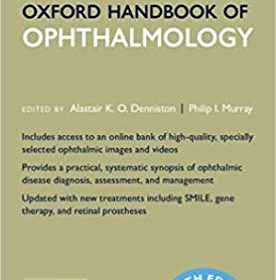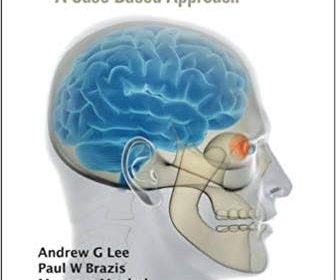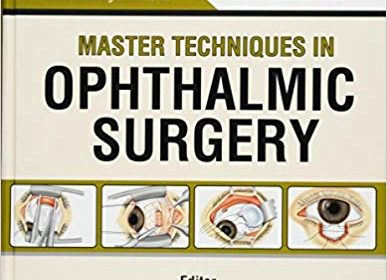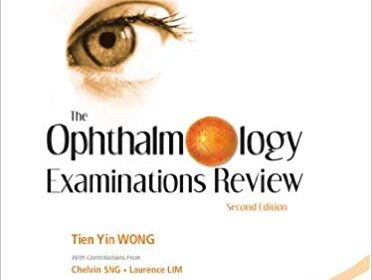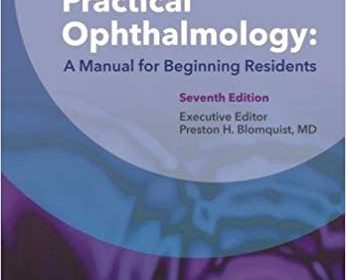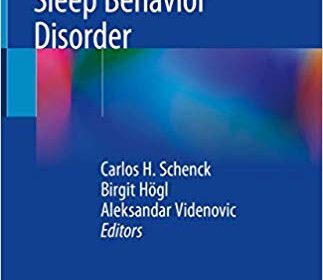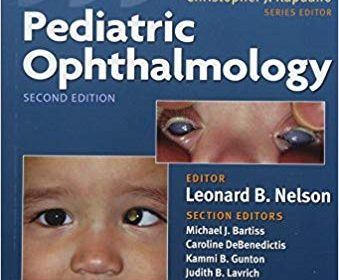The Neuro-Ophthalmology Survival Guide 2nd Edition
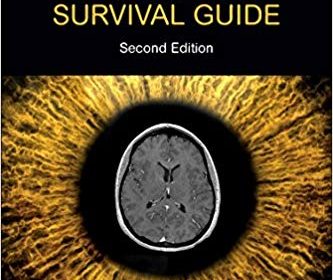
[amazon_link asins=’0702072672′ template=’ProductAd’ store=’aishabano-20′ marketplace=’US’ link_id=’99a4c6aa-de40-4fae-a387-c03adb0aad79′]
This book is a practical, symptom-based, ‘how-to’ guide to neuro-ophthalmology and acquired strabismus for all trainee and practising ophthalmologists and optometrists. Each chapter focusses on a specific clinical symptom and includes an introduction to the clinical assessment of a symptom; an examination checklist; a management flowchart to be followed; clinical diagnostic criteria checklists; and further information on the diseases that can cause the symptom with a brief discussion of appropriate management.
- A practical and accessible handbook for the ophthalmologist or optometrist without a specialist interest in neuro-ophthalmology and acquired strabismus.
- The text simplifies a subject which is often a cause of litigation against practising ophthalmologists and exam failure for trainees and residents.
- The book aids diagnosis in a field in which mistakes may lead to medico-legal problems, e.g. brain tumours presenting with blurred or double vision.
- The book leads the reader from the symptom, through a series of simple but safe flowcharts and check-lists, to the diagnosis or the tests which need to be ordered.
- The first chapter presents 20 ‘golden rules’ to keep you and your patients out of trouble.
- A revised text with some new illustrations brings this highly-praised book up to date.
- New online videos demonstrate abnormal eye movements, eyelid problems and pupil abnormalities.

